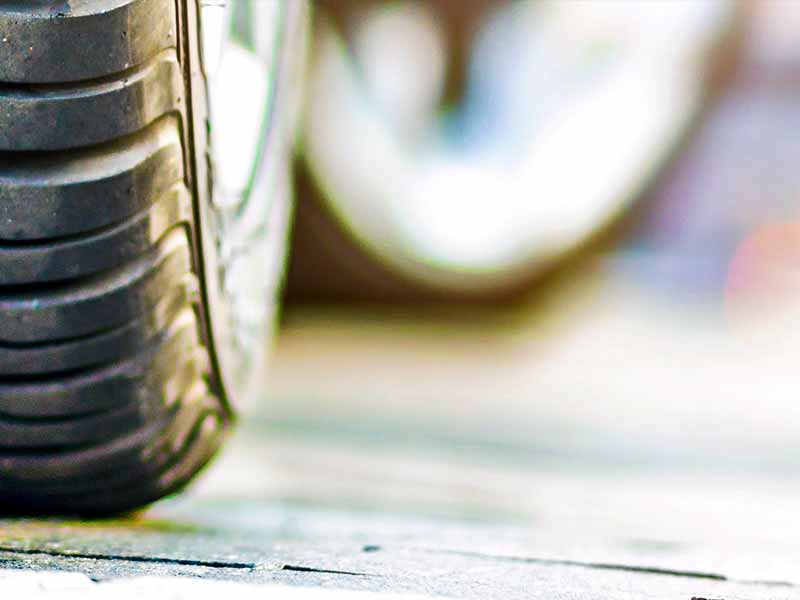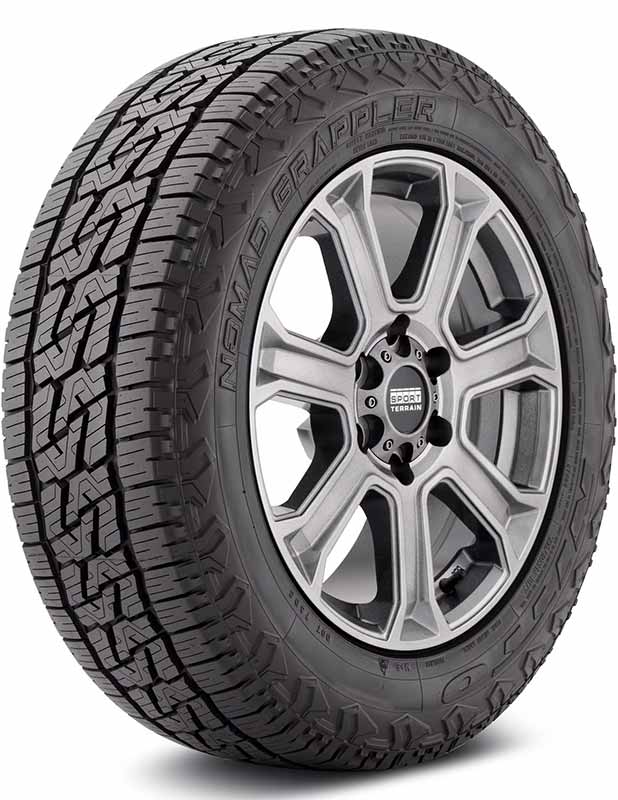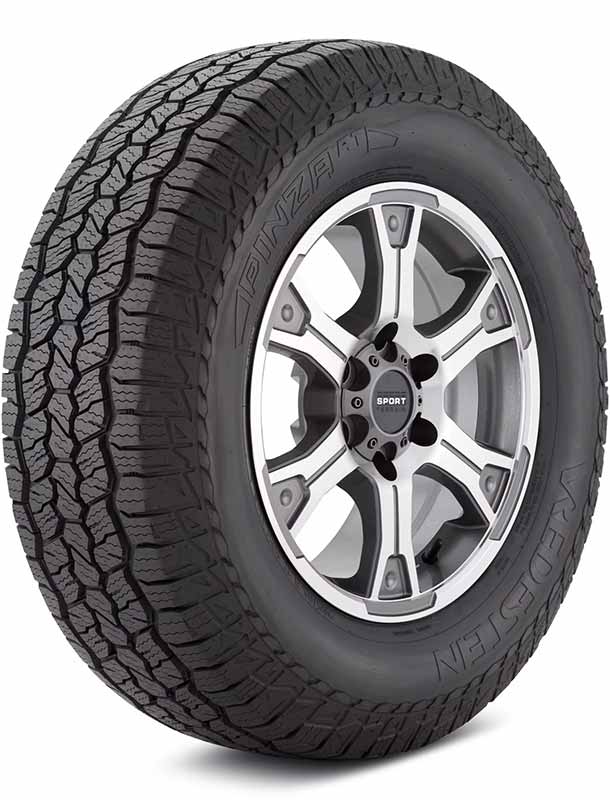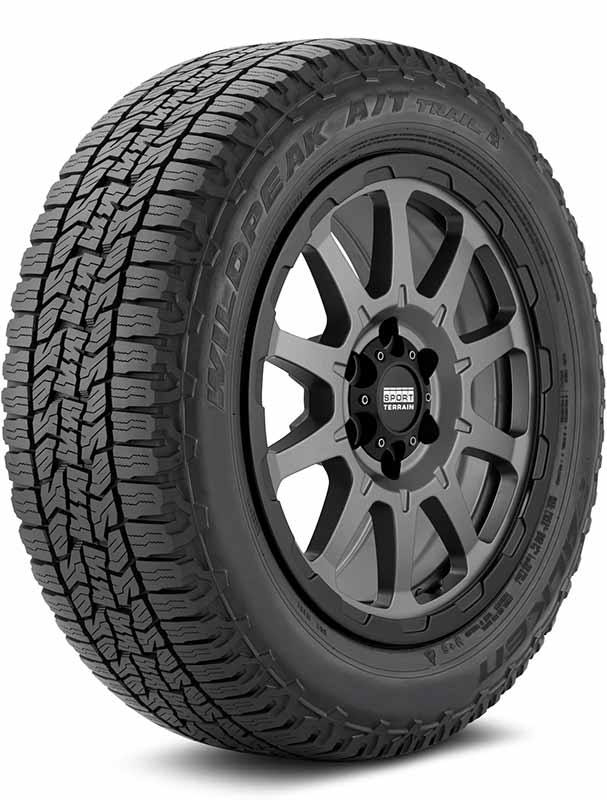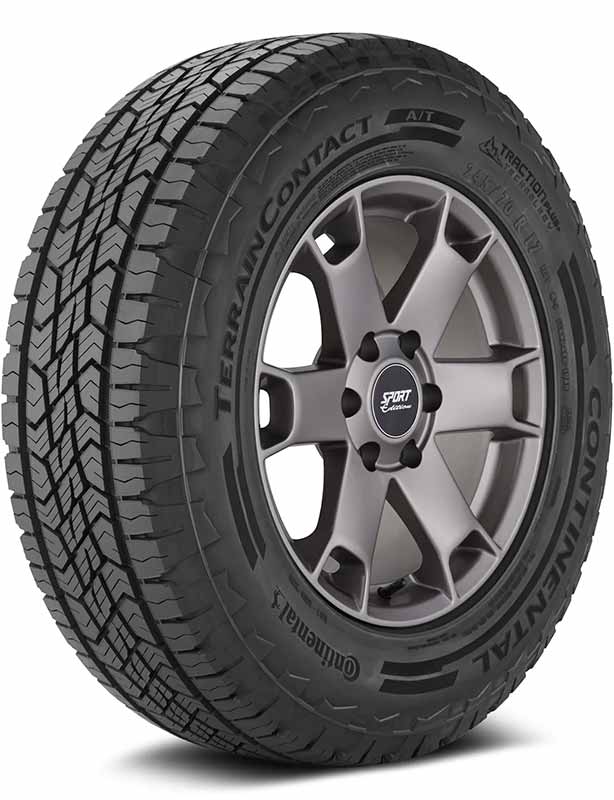Lowering your car can significantly change your alignment settings and negatively impact your tire wear and handling. But don’t worry. A proper alignment after installing new lowering springs can help you improve your vehicle’s handling, increase tire lifespan, and achieve that aggressive stance you desire.
Alignment After Lowering Springs
A wheel alignment is important after installing lowering springs, but you should wait for a few hundred miles (200-300 mi.) before having this service performed. This will allow the springs to settle.
It would a good idea if you took this time to find an alignment shop that specializes in lowered cars and trucks to be sure they have an alignment rack that works with vehicles that have low clearance.
Once you’ve given your vehicle enough time to settle, it’s important to have a professional alignment performed to ensure that all suspension components are properly adjusted to the manufacturer’s specifications.
Let’s take a closer look.
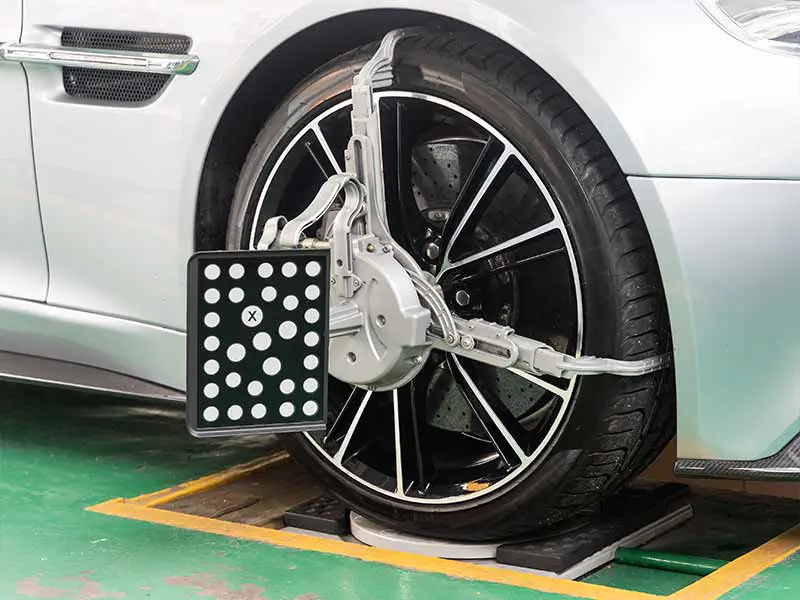
How Long To Wait For Alignment After Lowering Springs?
It’s a good idea to wait for at least a few hundred miles before getting an alignment after installing the lowering springs. During this time, you may notice that your vehicle’s alignment is off as the suspension settles and adjusts to the new springs. This allows the springs to settle and the suspension to adjust to the new ride height.
If you plan to make additional changes to suspension components, you may want to wait even longer before getting an alignment. This is true for changing the shocks, struts, or control arms. In these cases, it’s best to wait until you’ve finished all your suspension modifications before getting an alignment to ensure that everything is adjusted correctly to work together.
If you need to make other suspension changes after having an alignment performed, you’ll need to have a new wheel alignment service done to correct for changes caused by the other replacement parts or adjustments.
How Long Does It Take For Lowering Springs To Settle?
When you install lowering springs, the ride height of your car will change, and it may take some time for the springs to settle in and for your vehicle to adjust to the new height. The settling period can vary depending on the type of springs you install, the condition of your car’s suspension, and how much you drive your vehicle.
Typically, the springs can take a few days to a few weeks to settle in. You may notice that your car sits a bit higher than you anticipated during this time. This is because the springs haven’t fully compressed and settled to their final height.
It’s important to note that the settling period is not the same as the break-in period. The break-in period is the time it takes for the springs to achieve their maximum performance and comfort level. This period can also vary depending on the type of springs and the manufacturer’s recommendations.

Lowering Springs Example
Does Adjusting Coilovers Affect Alignment
The short answer is yes. Adjusting coilovers can affect the alignment. However, adjusting coilovers does not necessarily mean you will need to get an alignment done immediately.
Coilovers are adjustable suspension systems that allow you to fine-tune your vehicle’s ride height, stiffness, and damping. When you adjust the ride height by changing the length of the coilover, you are changing the suspension geometry, which can cause a change in the alignment settings. However, the amount of change will depend on how much the ride height has been adjusted and the design of the suspension system.
It’s important to note that if you make significant changes to the ride height, you will likely need to get an alignment done. This is because the differences in suspension geometry can affect the camber, caster, and toe settings. Camber is the wheel’s angle relative to the vertical axis, caster is the angle of the steering axis, and toe is the angle between the wheels. When these settings are off, it can cause uneven tire wear and affect the handling and stability of your car or truck.
In general, it’s a good idea to get an alignment done after making significant adjustments to your suspension system, including changing the ride height with coilovers.
The time you should wait before getting an alignment after raising or lowering with coilovers will depend on whether the coilovers are new or have been in use for some time and the springs have already had a chance to settle. For new coilovers, you should follow the manufacturer’s recommendations regarding the time it takes for the suspension system to settle. You may also want to consider driving your vehicle for a short period after making adjustments to see how it handles before getting an alignment. You may want to continue adjusting the coilover settings.

Coilovers Example
Where To Get A Lowered Car Aligned?
A shop that has experience working with lowered vehicles is your best choice. Lowering a car can affect the suspension geometry and require different alignment settings than a stock vehicle. For instance, many lowered cars or trucks will not have enough clearance to fit on typical lifts. Finding a shop that deals with this issue regularly will ensure you don’t come across unexpected hurdles or problems.
You can also ask around in car forums or groups to see if anyone has recommendations for a good alignment shop in your area. If you have a specific brand of suspension on your car, you may be able to find a recommended installer or alignment shop on the suspension component manufacturer’s website.
How To Get Lowered Car On An Alignment Rack
Lowering a car can make getting it on an alignment rack more challenging, but it’s not impossible. Remove any large or heavy objects from the vehicle, such as subwoofers or toolboxes, as they can affect the weight distribution or may cause the car to ride even lower than intended, making it even more difficult.
When it’s time to get the car on the alignment rack, drive slowly and carefully to avoid scraping the underside of the vehicle, make sure the wheels are lined up with the guides on the rack, and that the car is positioned in the center of the rack. Use a low-profile jack to raise the vehicle and adjust the position if necessary. Once the car is on the rack, the technician will take it from there and make any necessary adjustments to get the alignment just right.
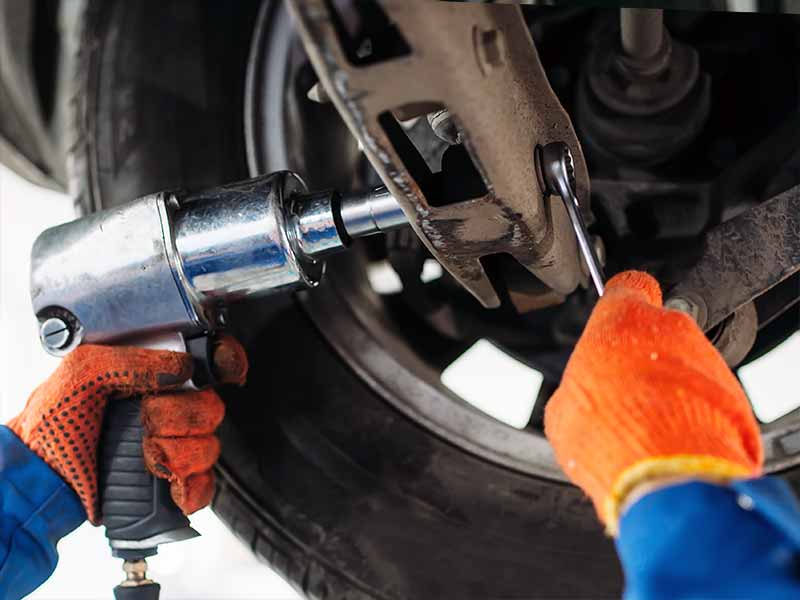
In-Ground Alignment Rack
Some shops use in-ground alignment racks. This makes working on lowered vehicles much easier since there isn’t a lift ramp that’s needed to drive up on that may not have adequate clearance for particularly low cars and trucks.
In-ground service pits allow the vehicle being serviced to be driven over the pit without any need to drive onto any sort of ramp that could be difficult for lowered cars to clear.
Do You Need A Camber Kit With Lowering Springs?
Camber is the angle of the wheels relative to the ground, and if it’s off, it can lead to uneven tire wear, poor handling, and reduced performance. When you lower your car with lowering springs, it’s common for the vehicle’s camber to be affected. So, do you need a camber kit with lowering springs?
The answer is it depends. How much you lower your car, the type of vehicle you have, and the alignment specifications of your car all play a role in whether or not you need a camber kit. Some vehicles have more room for adjustment than others, and some have more aggressive alignment specs that may require additional adjustment to compensate for the lowered stance.
If you lower your car by more than 1.5 inches, you will likely need a camber kit to correct the negative camber that results from lowering.
How Does Lowering A Car Affect Alignment?
Lowering a car can have a significant impact on its alignment. When you lower a car, it changes the geometry of the suspension system, which can lead to misalignment of the wheels. This misalignment can cause uneven tire wear, reduced traction, and other handling issues.
The main impact of lowering a car on the alignment is that it changes the suspension angles. As the car sits lower, the camber angle of the wheels becomes more negative, meaning the top of the tire tilts inward. This can cause the inside of the tire to wear faster than the outside. Additionally, the toe angle, which is the angle at which the wheels point in or out, can be affected, leading to uneven tire wear.
To ensure that your lowered car has a proper alignment, it’s important to take it to a reputable shop with experience working on lowered vehicles. They will have the expertise and equipment to adjust the suspension angles to compensate for the lowered ride height and help maintain the correct alignment.
Regular alignment checks are also recommended for lowered vehicles to ensure that any changes in alignment are caught and corrected early. This can help prolong the life of your tires and prevent handling issues that could compromise safety.
Resources
Below are some links you may find helpful when learning about tires
- Lowering Springs: Are they right for me? – Autoweek
- Tire Alignment: What you need to know – Bridgestone
Final Thoughts
Lowering a vehicle can be a great way to improve its performance and aesthetics, but it does require some attention to detail to ensure proper operation and safety. With proper care and attention, a lowered vehicle can be a joy to drive and a head-turner on the road.
Good luck and happy motoring.
